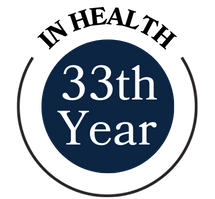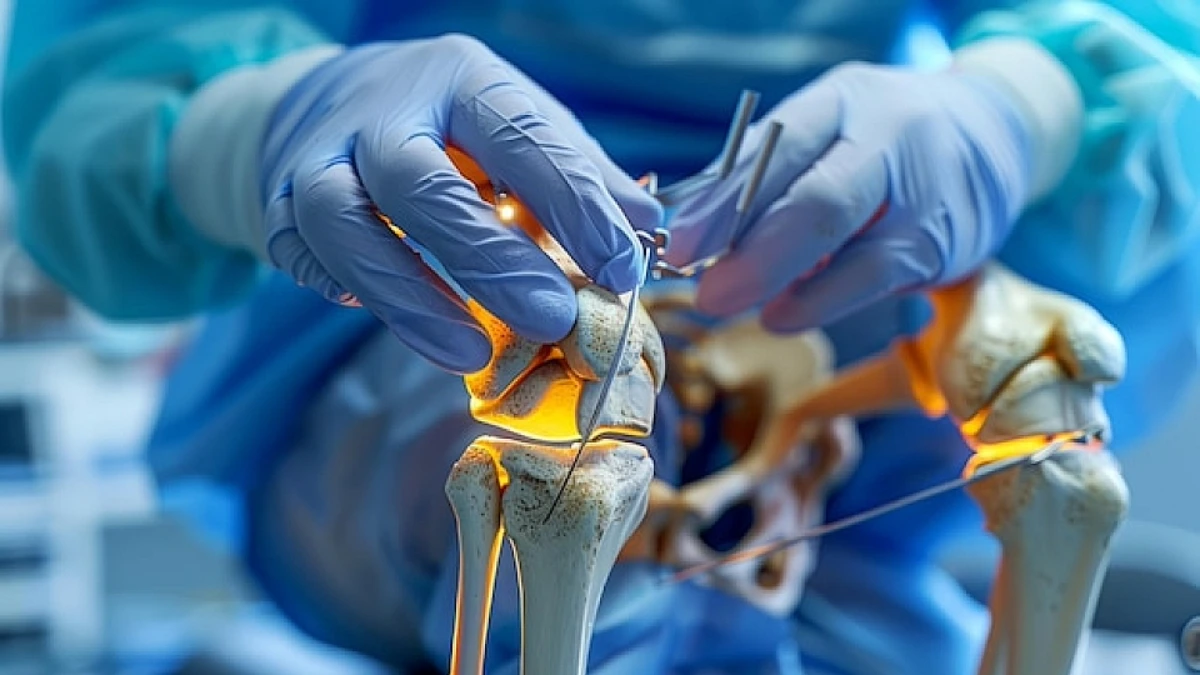
Understanding Breast Implant Removal
Breast implant removal is a surgery designed to address various concerns related to breast implants. These concerns can come up for a variety of causes, such as changes in breast appearance caused by ageing, pregnancy, or implant-related issues. The specific procedures performed during the removal can vary significantly, tailored to the individual’s unique needs.
Indications for Breast Implant Removal
Breast implant removal may be recommended for several reasons, including:
-
Capsular Contracture: This is the excessive hardening of the tissue around the implant, causing discomfort and altering breast appearance.
-
BIA-ALCL (Breast Implant-Associated Anaplastic Large Cell Lymphoma): A rare but serious condition associated with textured breast implants.
-
Calcium Buildup: Over time, calcium deposits can form around breast implants, leading to discomfort.
-
Leakage: Implant leakage, whether silicone or saline, can necessitate removal to prevent health complications.
- Implant Shifting: When implants move out of their desired position, it can lead to an uneven or unnatural appearance.
Pre-Surgery Preparations
Prior to undergoing breast implant removal, patients are typically provided with comprehensive pre-surgery instructions to ensure a safe and successful procedure. These preparations often include:
Medication Adjustment
Patients may need to adjust their current medications or discontinue certain herbal supplements to minimize potential complications during surgery.
Smoking Cessation
For individuals who smoke, it is strongly recommended to quit smoking prior to the procedure. Smoking can impair the body’s ability to heal and increase the risk of complications.
The Breast Implant Removal Procedure
Breast implant removal is typically performed as an outpatient procedure and involves several key steps:
Anesthesia
Patients are given an anaesthetic to ensure that they are comfortable and pain-free during the procedure.
Incisions
Incisions are made, commonly around the nipple or in the breast fold, to access and remove the implants effectively.
Implant Removal
The surgeon carefully removes the breast implants, taking care to address any associated issues such as scar tissue or calcium buildup.
Scar Tissue Management
The management of scar tissue, known as capsulectomy, is an essential part of the procedure. This ensures optimal aesthetic and functional outcomes.
Potential Replacement
In some cases, patients may choose to replace their implants during the same procedure, depending on their desired outcomes.
Post-Surgery Care
After breast implant removal, patients require post-surgery care for healing and to minimize complications. Key aspects of post-surgery care include:
Incision Care
Proper care of incisions to prevent infection and promote optimal healing.
Activity Restrictions
Patients are typically advised to limit physical activities in the weeks following surgery to avoid strain on the surgical site.
Medication
Prescribed medications for managing pain and reducing the risk of infection.
Follow-Up Appointments
Regular follow-up appointments with the surgeon to monitor progress and address any concerns promptly.
Support Garments and Drains
The use of support garments and drains to reduce swelling and manage excess fluid accumulation.
Benefits
Breast implant removal offers several benefits, including:
-
Improved mammography Accuracy: Removing implants can improve mammography accuracy, which aids in breast health monitoring.
-
Pain Relief: For individuals experiencing capsular contracture or discomfort due to implants, removal can provide significant relief.
- Reduced Rupture Risks: Removing ageing implants reduces the risk of rupture and related complications.
Risks and Complications
-
Post-Surgery Breast Appearance Dissatisfaction: Some patients may experience dissatisfaction with the appearance of their breasts after implant removal.
-
Bleeding: As with any surgical procedure, there is a risk of bleeding.
-
Asymmetry: Achieving perfect symmetry can be challenging, and some degree of asymmetry may persist.
-
Seroma: Accumulation of fluid at the surgical site can occur.
-
Infection: Infections are always a risk in surgical procedures.
-
Loose Skin: Skin may become loose after implant removal, which can impact breast aesthetics.
-
Nipple Sensation Changes: Some individuals may experience changes in nipple sensation.
- Scarring: Incisions may result in visible scars.
Recovery Considerations
Recovery after the surgery involves:
Limited Activities: Patients should expect limited physical activities for one to two weeks following the procedure, with tenderness potentially lasting up to six weeks.
Skin Stretching: After implant removal, the skin may stretch, leading many patients to consider simultaneous breast lift surgery to address sagging.
Frequently Asked Questions
Will my breasts look the same after breast implant removal?
The appearance of your breasts after implant removal can vary depending on factors like implant size, your body’s natural changes, and whether additional procedures are performed during removal. Discuss your desired outcome with your surgeon to set realistic expectations.
Is breast implant removal painful?
You can expect some discomfort after the surgery, but your surgeon will prescribe pain medication to help manage it. Most patients find the pain manageable and temporary.
Will I need to replace my breast implants with new ones?
Not necessarily. Some people choose to replace their implants with new ones, while others opt for complete removal. It depends on your goals and preferences.
Can I breastfeed after breast implant removal?
The ability to breastfeed after implant removal may be affected, so it’s essential to discuss this with your surgeon if you plan to have more children in the future.
If you have any questions, would like to schedule a consultation for breast implant removal in Turkey, or require further information about our services at Avicenna International Hospital, please do not hesitate to contact us. Our friendly and knowledgeable staff are here to assist you.







